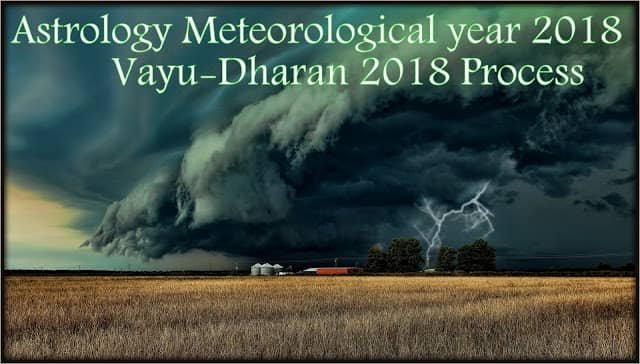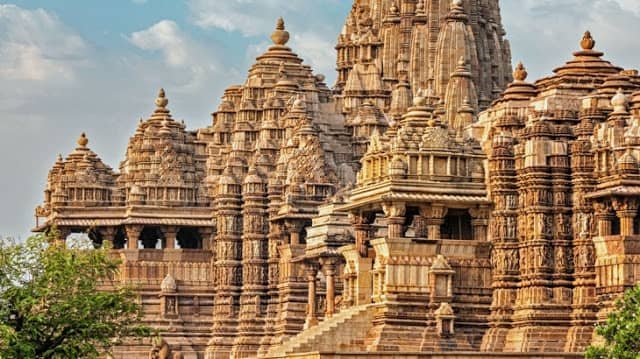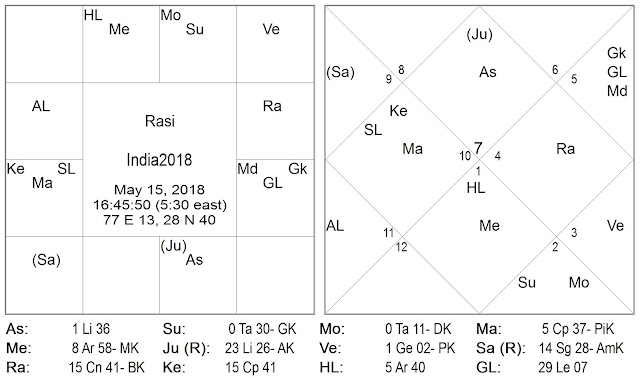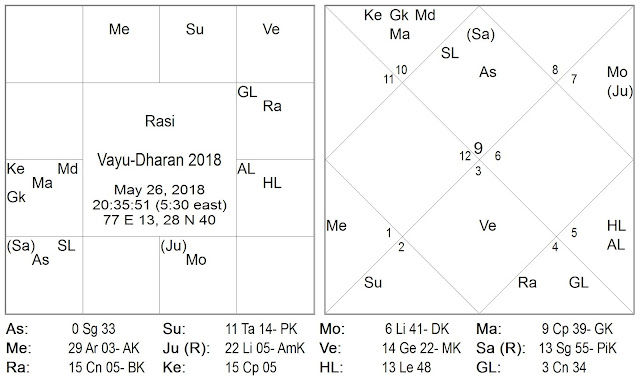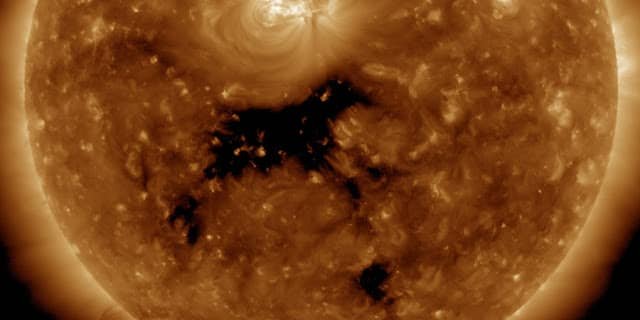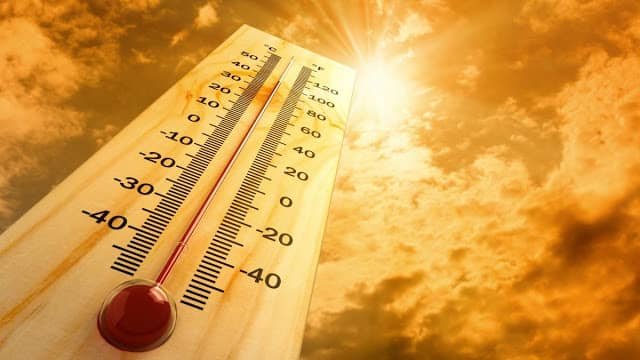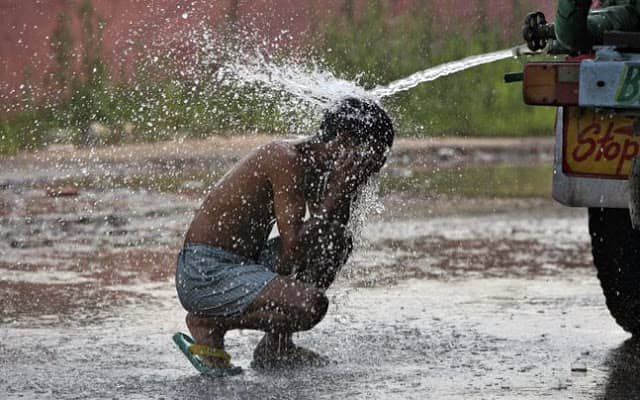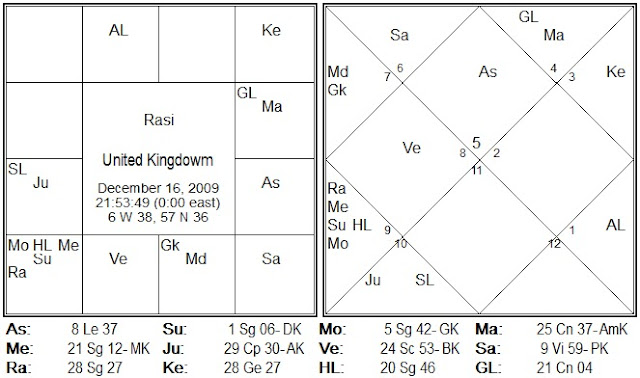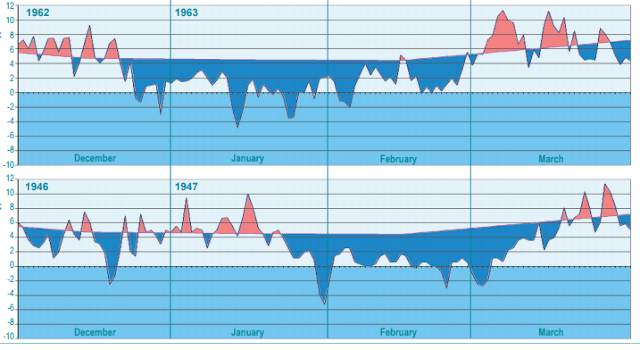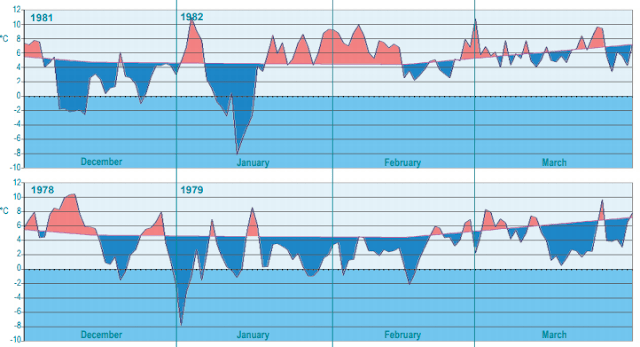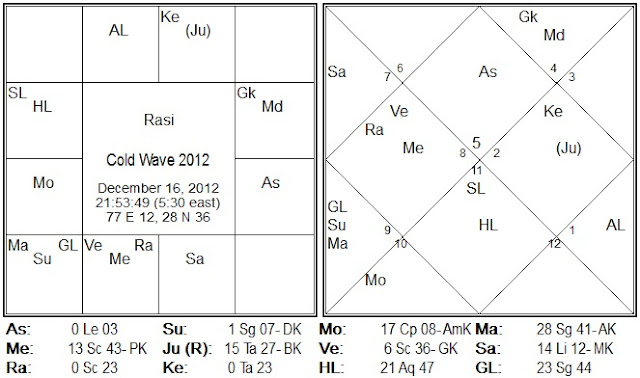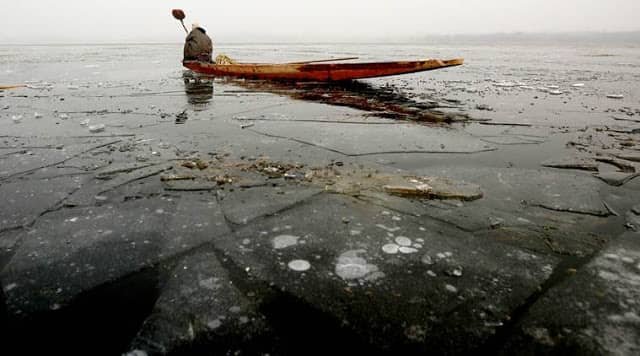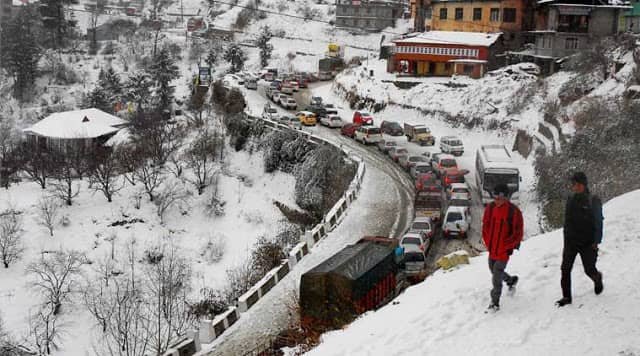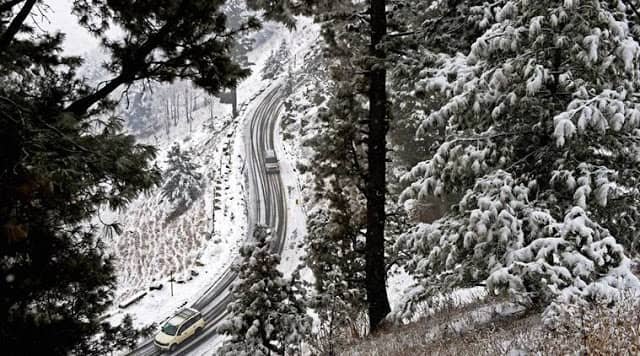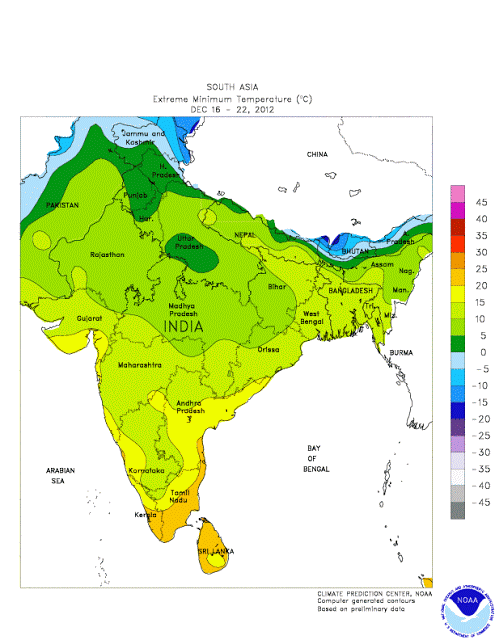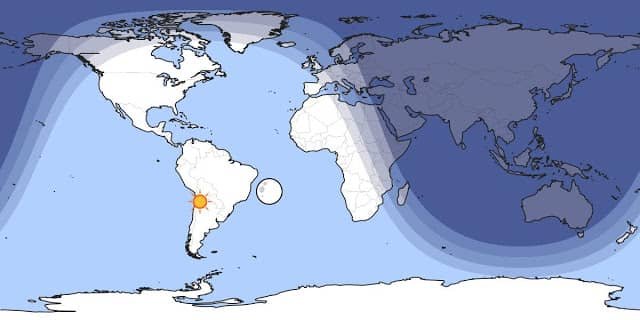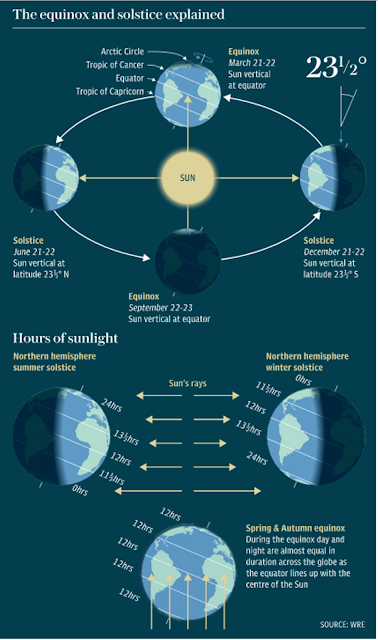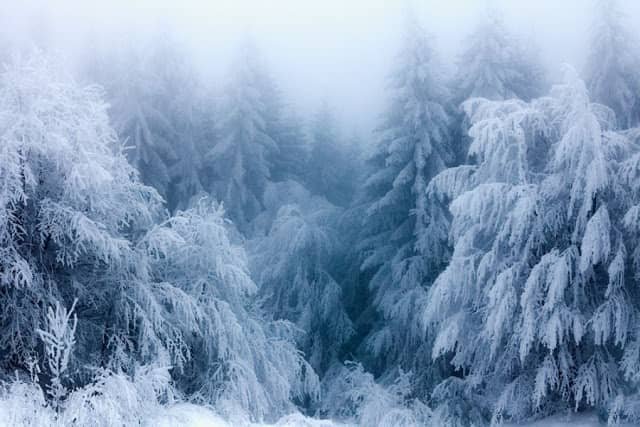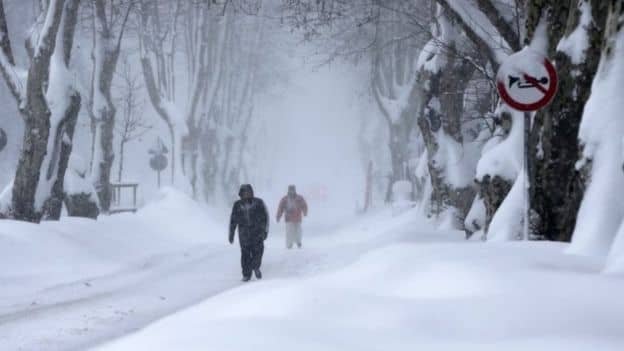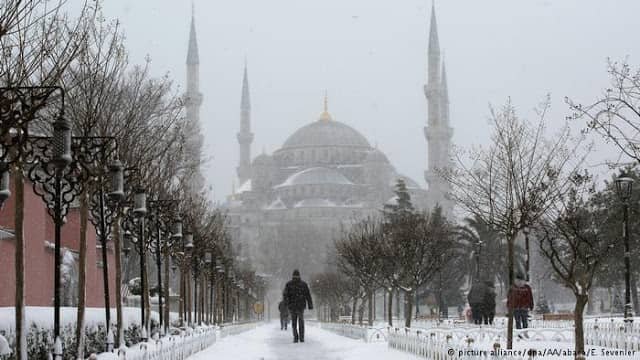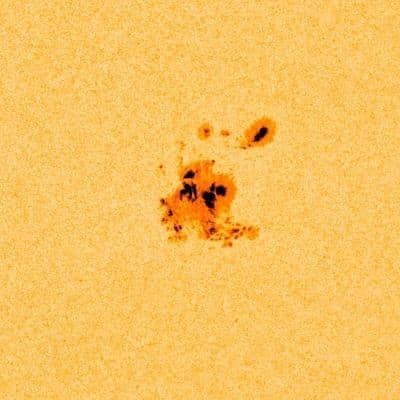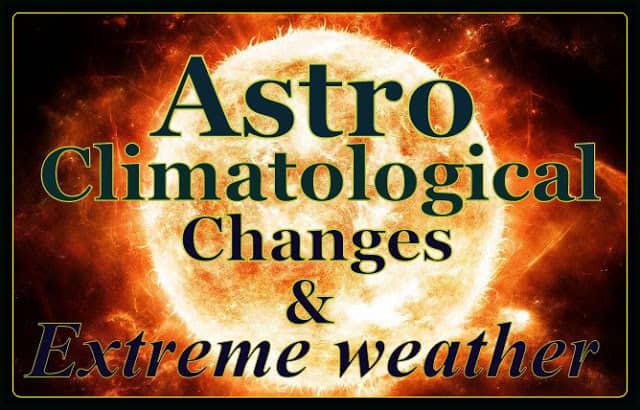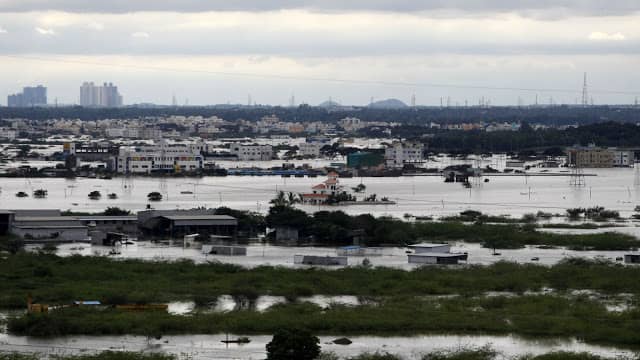Check out Heat Wave alert for upcoming months according to Science of Medini Jyotish
Summer 2018 in astrology
Heat Wave Scenario from 25th of May to 10th of June 2018
On 25th of May, 1:48:25 pm, around afternoon Sun, has transited to Rohini Nakashtra who is falling in the zone of his own Nakashtra, in Pawan Nadi, falling in the trine (5th) from two Warm Planet Mars and Ketu, Having 6/8 Relationship with Both Retrograde Saturn and Jupiter- that Shows weather challenges due to Closeness of three Major planets toward Earth ( Sun, Sat and Jup). Currently Mars is behind 109 degrees from Sun, Usually, It has been seen that whenever Mars has much distance with the sun on his back it usually gives too much heat and Dry weather, and further shows there will be the possibility of no rains till Sun conjoined with Mercury and Venus in coming days either in Jala, Neera or Amrita Nadi.
As Mars is 109 degree behind the Sun Form 25th of Mays 2018 to June 8th, 2018 11:44:14 Am, There will be sudden outbreak of Intense heat waves and weather will remain as Dry, Warm and few of states will have to face terror of Heat waves those states or places are under the direct influence of Sun, Mars, Saturn and Jupiter falling in the Direction of Central and central-East of India Espeically with the first name letter of “O”, “VA (Varanasi, Most of the places of Tamilnaidu, Maharashtra, Kerala, Andhra pradesh)”, “Ve”, “Vo” need to take special care for heat waves wind Scenario. Though Speed of wind will be medium and in controlled but in the daytime, Intensity of heat in Wind will be warm and quite dry, it will try to Suck water from the body with rapid rate, so try to hydrate your body as much as possible as sun will be very close to Earth around central India and its impact will be all over India and cities or places those around Central and Centre-east India they need special care.
The possibility will be there that, in Evening wind will be soothing and bit enjoyable in few places as well.
 |
| Image and Data Source: Skymet on 27th of May 2018 |
Places those are falling with the name Bhe, Bho/u (Bhopal, Bhuj, Bhongir-Telangana, Bhowali -Uttarakhand, Bhusawar- Rajasthan), Ja ( Jammu, Jaipur, Jabalpur, Jalandhar, Jaggaiahpet- Andhra Pradesh, Jagraon Punjab, Jagtial Telangana, Jalandhar Cantt, Punjab,Jammalamadugu- Andhra Pradesh, Jamui-Bihar, Jangaon-Telangana, Jaspur-Uttarakhand, Jatani- Odisha, Jhabrera, Uttarakhand, Jhargram-West Bengal, Jharsuguda-Odisha) and Je Need Speical attention for Sudden changes in weather.
Currently, they are under control of Mars and Ketu. Other than this those Places falling under North-West of India and Pakistan also need special attention for heat waves. Here weather will be very dry, Warm and intense at a time but it can be inconsistent as well. Chances of sudden rainfall and Sudden heat wave will be there.
So be alert from 25th of May to 8th of June 2018. Problem with Current Planetary alignment would be weather will be volatile and inconsistent as well, Direction of wind will change when Mercury will join Sun in Taurus in Krittika from 27th of May 2018, So it will be Very furious as well as Speedy in the daytime but in Evening it could be soothing as well.
From 27th of May 2018 to 4th of June 2018, There will be chances of sudden change in weather around places falling under, ” Ta, Te, To,Na, Ne, Nu, Ya Ye, U, Yo, BHA, BHu, Fa, Dha, Ja, Je, Khu, Kho, Ga, Ge”.
Keep watching the speed of the wind from 27th of May to 4th of June. As Moon will be under the grip of Prachand, Pawan and Dahan, as they are known as Yamya Nadis or Dakshina Nadis
(after Sankranti Season) means the extreme heat of the summer can be possible, But the Good thing is only Mercury and Sun are currently moving around Prachand and Pawan Nadi and moon will keep moving around this so Moon will keep on bringing sudden changes in weather with soothing wind as well chances of rainfall in above-mentioned name letters – So trouble will be in the form of Winds either it will carry too much warm wind and there will be heat in
environment or it will vary in speed.
From 10th June onward there will be a sudden change in weather situation for Places those are close to rivers, Oceans, close to Line of cancer and north of India will see some relaxed weather but due to Mars and Ketu conjunction falling opp to Venus and Rahu- chances are high that Clouds could get suckup by intense heat and dry weather.
The most important part in this year weather is that this year there will be 2 Jyestha Month of both Shukla and Krishna paksha which is also not considered as good for Weather uncertainties and one should keep the focus on Pooja, Devotions and Spiritual practices only.
It is called as first and second Jyeshtha. First Jyeshtha commences from Krishna Paksha, followed by Shukla Paksha of 1st Jyeshtha, then Krishna Paksha of 2nd Jyeshtha and finally Shukla Paksha of 2nd Jyeshtha. The Krishna Paksha of 1st Jyeshtha and Shukla Paksha of 2nd Jyeshtha will be pure Jyeshtha month.
No auspicious ceremonies except meditation or spiritual activity should be performed during this Adhik Masa. i.e should perform ritualistic worship of Shri Purshottam Krishna and chant His Name daily.
One should try to remain in constant communion with God till 13th of July 2018, Unless Ashad Month will come Weather will remain twisty, windy and Stormy Same has been Cross verified in Chaitra Shukla Paksha Pratipad Hindu Year chart and Surya Sankranti of Mesh, where the 8th house was under control of Saturn.
In Chaitra Shukla Paksha Chart, the 4th house was under the control of Both Mars and Saturn that shows Weather uncertainties, chances of earthquakes, Warm weather and damage to crops by Heat and uncertain rainfall can be possible.
States those are Falling under Northwest, West, South West Need special attention this year for extreme temperature and heat waves after Entry of Sun in Ardara Nakashtra.
Heat Wave alert for upcoming months according to Science of Mundane Astrology (Medini Jyotish)
Regards,
Rocky Jamwal

